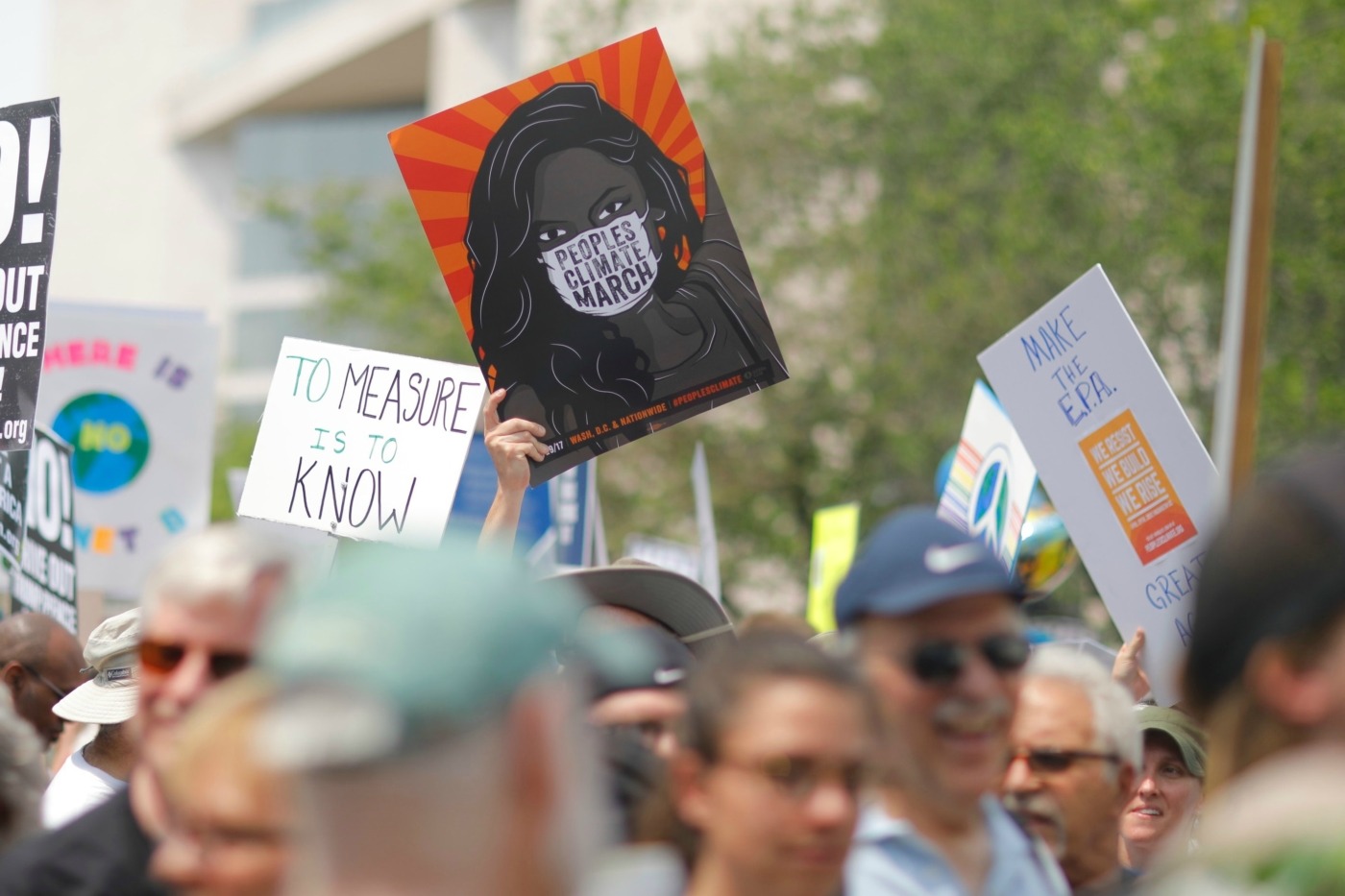Are climate activists of colour excluded from the fight?
The emerging climate activism movement has made so many strides towards environmental progress, with young activists from around the world putting environmental issues at the top of the agendas of politicians and ordinary people.
While it’s true that Greta Thunberg has been the poster girl and the most visible activist of the movement, it has become clearer that climate activists of colour have been excluded and omitted from media reporting of the fight against climate change.
Media outlets were forced to apologise after Ugandan climate activist Vanessa Nakate was cropped out a photo taken of activists Greta Thunberg, Loukina Tile, Luisa Neubauer and Isabelle Axelsson.
Vanessa responded at a ‘Fridays for Future’ press conference in Stockholm by saying that “African activists are trying so hard to be heard. It gets so frustrating when no one really cares.”
Nakate elaborated that her exclusion from the image was distressing and symptomatic of an industry where she receives regular messages from activists of colour who are all too familiar with her experience. However, she explained the positive impact of the mistake is that a conversation has been opened up internationally about the exclusion of activists of colour from the coverage and messages of the climate movement.
Activists of colour do not receive the same publicity that white ones do.
This is especially problematic when you consider the worldwide effects of climate change which are disproportionately impacting the continent of Africa more than anywhere else. Ndoni Mcunu, of the Global Change Institute at the University of the Witwatersrand in South Africa, points out that “Africa only contributes 5% of the global greenhouse gas emissions, yet we are the most impacted.”
People from across the African continent are suffering as a result of climate change. Mcunu notes that because of climate change, “52 million people become food insecure.” Activists from Europe don’t often have the same priorities as those from continents like Africa where the effects of climate change are being tangibly felt on a daily basis.
It is important to mention the great work done by activists from other areas of the world that have been omitted from coverage of the movement.
There is a vibrant young environmentalist movement coming out of Canada’s indigenous populations. This includes Autumn Peltier from Ontario who became the chief water commissioner for the Anishinabke Nation and learned about the harm that humans are doing to the environment through the beliefs of the Wikwemikong Indians. In 2016, she became known by challenging Prime Minister Justin Trudeau’s clean water policies and spoke at the UN General Assembly during the 2019 global summit on climate change.
In the US, there are also young indigenous activists challenging the climate policies of the current administration. Thomas Lopez from North Dakota spent months in 2017 protesting against the construction of the Dakota Access Pipeline which would wipe out indigenous communities. He said that “the biggest threat to humanity is humanity itself.”
The active exclusion of climate activists from the media narratives of the story must be challenged by us all.
Organisations have been founded by young climate activists of colour to take positive action at improving climate change and the other issues that both contribute to climate change and come along with it. Zanagee Artis of Connecticut cofounded Zero Hour in 2017 which is a climate organisation committed to challenging capitalism, colonialism, racism and patriarchy. This demonstrates how young activists of colour are being radical, unafraid to relate the climate crisis to other forms of oppression.
These activists from around the world note the inaccuracies in climate damage produced by different regions. Mcunu argues that “Africa only contributes 5% of the global greenhouse gas emissions, yet we are the most impacted.” This is incredibly important and this is something what white activists have not focused on. Drawing attention to the regions of the world that are making the most harmful contributions must be done in order to make a difference and activists of colour are leading this charge.
Activists of colour do not receive the same publicity that white ones do. Greta Thunberg has become the poster girl for the movement and while she is now a household name, this has led to many being forgotten. The climate movement itself must do more to promote its international activists of colour and systemic racism in world media is a wider issue in itself but something that must be acknowledged.
Thunberg acknowledged that other climate activists don’t get as much publicity as she does, but she must make a conscious effort to expose the diversity of the movement to the rest of the world. The active exclusion of climate activists from the media narratives of the story must be challenged by us all.

Comments